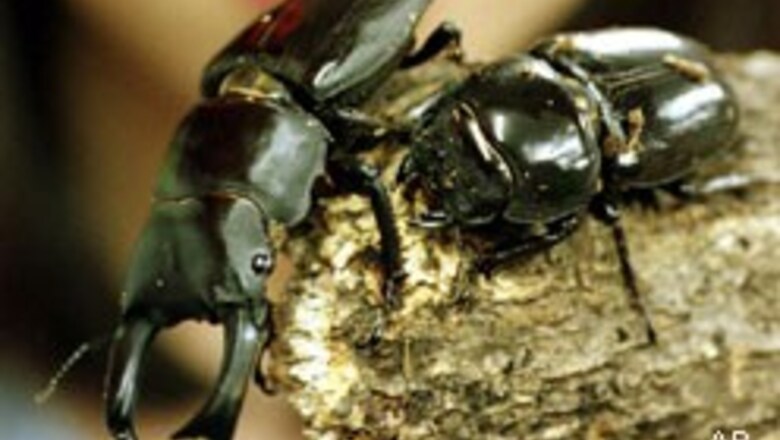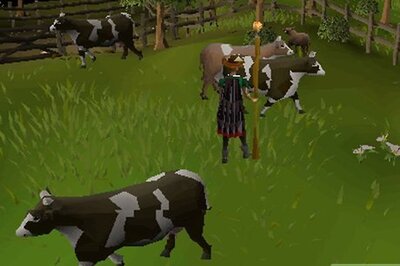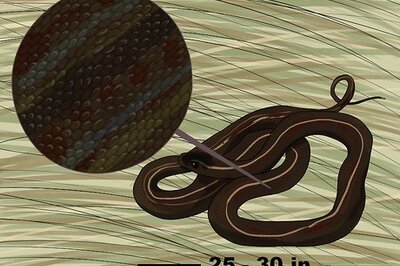
views
Denver: The infestation of tree-killing bugs sweeping through millions of acres of forests in the West might help prevent wildfires rather than fuel them as feared, according to a new study.
The outbreak of beetles that burrow under the bark, eventually killing the tree, might reduce wildfire risk by naturally thinning forests, according to the report released Tuesday by researchers from Colorado State University, the University of Colorado and the University of Idaho.
"We are suggesting that the supposed fire risk is probably overblown," said professor of fire ecology at Colorado State and the lead researcher, Bill Romme.
"It's possible the insects are doing the forest thinning that we would never be able to afford,” Romme added.
An expert with the US Forest Service criticised the report as "selective science," saying it appears to advocate a hands-off approach to managing forests.
State and federal land managers have become more alarmed about swaths of dead trees turning into fuel for wildfires as the beetles have fanned out through Western forests.
Beetles have destroyed more than seven million trees in Colorado over the past 10 years, said forest management division supervisor for the State Forest Service, Joe Duda.
Congress appropriated $1 million this year to help remove dead or dying trees.
The new study cautions that removing trees won't stop the spread of the beetles. Dead or dying trees don't mean the forest is unhealthy but "may instead reflect a natural process of forest renewal," according to the study. Similar outbreaks have occurred in the past.
"Pine beetles killed millions of lodgepole pine trees over thousands of square miles in the Cascade and Rocky Mountains in the 1960s, 1970s and early 1980s," according to the report.
The study notes, though, that infestations at the current altitudes of 9,000 feet and higher are unprecedented and may be the result of warmer weather.
Drought and denser forests because of decades of fire suppression have also contributed to outbreak, the report says.
Wayne Shepperd is a silviculturist, an expert in the care and development of forests with the Forest Service's Rocky Mountain Research Station in Fort Collins.
He said that he disagrees with the report's thrust, calling it "selective science."
"This tends to support the no-management alternative," he said. "I would submit there are valid situations where well-planned management can maintain the forests how we want,” Shepperd said.
In October, Forest Service scientists said a review of studies showed there was no large amount of evidence suggesting that insect outbreaks significantly increase wildfire risk.
They concluded, though, that large areas of recently killed trees that still have needles can result in a more intense, quickly spreading fire.




















Comments
0 comment